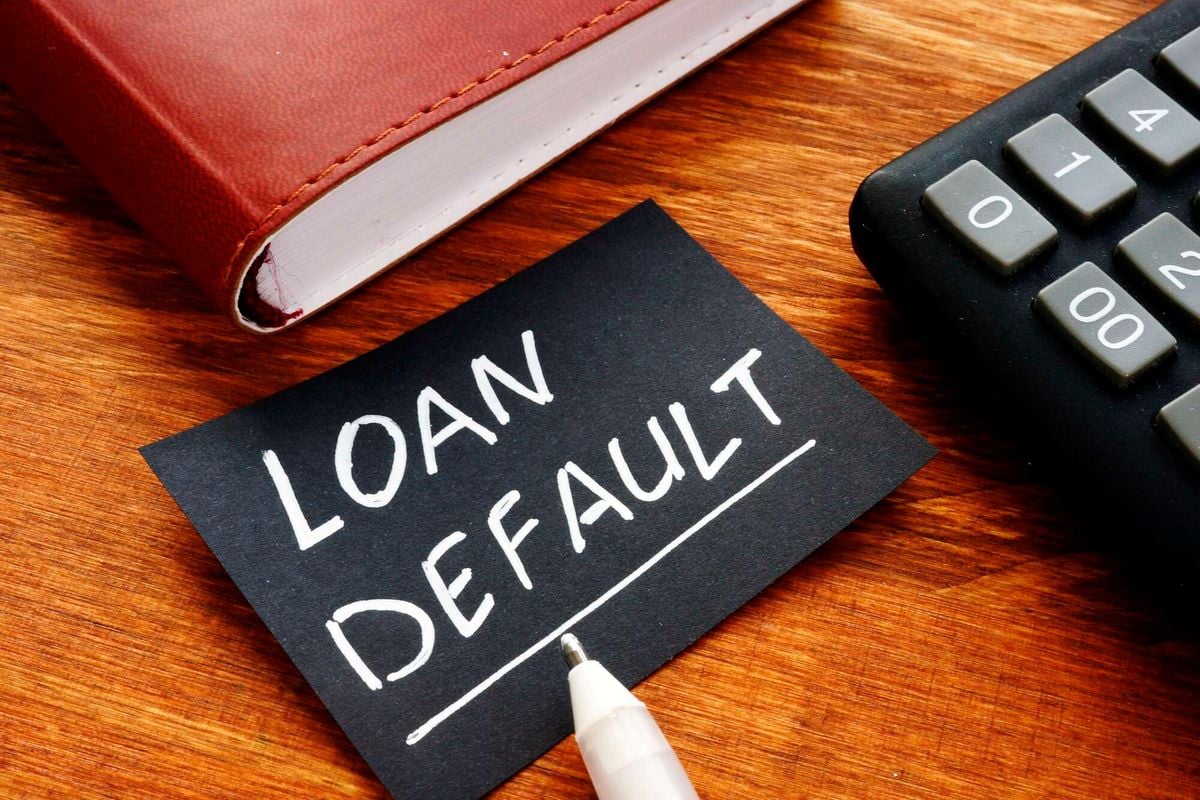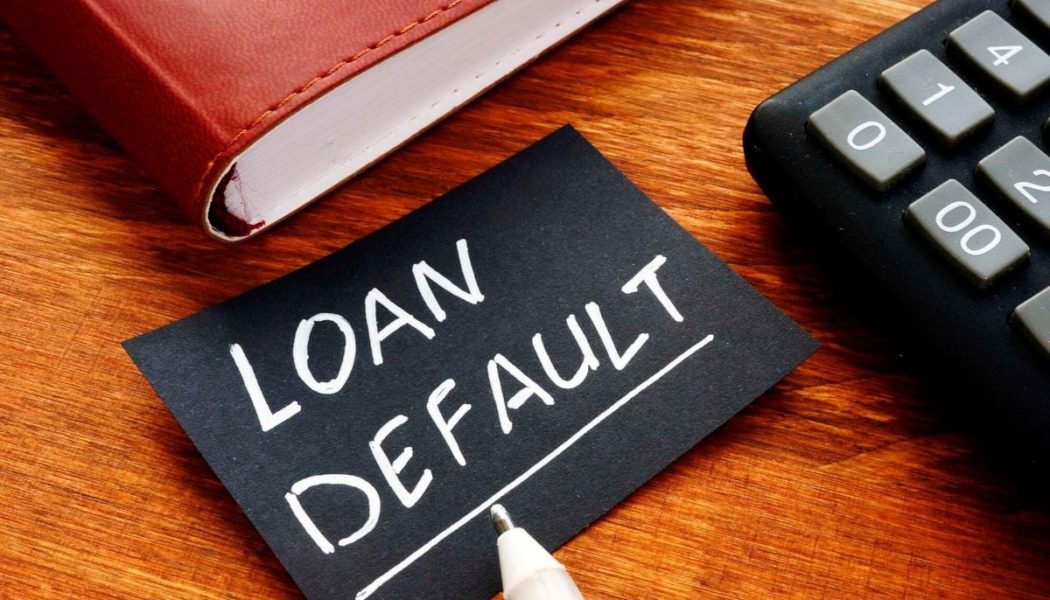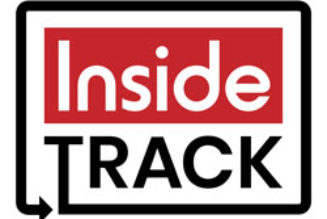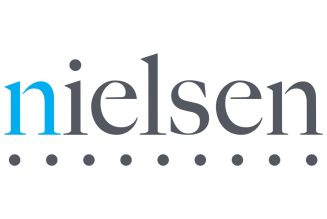
Lenders have removed more than half of personal loan accounts from negative listing in the past five years to December 2023 on the back of key State interventions, including partial debt cancellation and outlawing listing of small ticket loans.
Latest data from Creditinfo, one of the three licensed credit reference bureaus (CRB) in Kenya shows new individual negative listings—a tag given to loans reported to CRBs for being in default—fell by 1.27 million accounts to a new low of 933,551 at the end of last year from 2.2 million in 2019, translating to a 57.7 percent reduction. The negative listings declined by 203,098 last year alone compared to 1.13 million booked in 2022.
The findings are contained in Kenya’s credit market landscape report released Monday by Financial Sector Deepening (FSD) Kenya, Creditinfo and Credit Information Sharing Association of Kenya (CIS Kenya)— the umbrella body for CRBs and credit providers.
The report also showed negative listings of companies fell from 7,289 in 2019 to 2,665 at the end of last year, marking a 63.4 percent reduction.
The decline in individual and company negative listings has come on the back of several government-backed interventions that started in 2020 after the Covid-19 pandemic triggered economic fallout, including layoffs and salary cuts that forced many borrowers to default on loans.
“This sharp decline [in negatively listed borrowers] can be explained by changes in the regulatory framework that were introduced from 2020,” said the report.
The Central Bank of Kenya (CBK) in April 2020, for instance, suspended negative listing for borrowers affected by the pandemic and negotiated with banks for interest payment holidays and extension of loan repayment periods without additional expenses to borrowers.
The regulator then followed up with reforms on the CRB regulations and barred the then unregulated digital credit providers and credit-only institutions and other third parties from listing borrowers with any of the licensed CRBs— Creditinfo, Metropol and TransUnion.
“CBK withdrew the approval granted to unregulated mobile-based and credit-only lenders as third-party credit information providers to CRBs. It is important to point out that some of these providers used to submit only negative credit information to the CRBs,” said the report.
According to the Creditinfo data, new negative personal listings fell by 777,388 or 35 percent between 2019 and 2020 despite the Covid-19 economic disruptions, as the State interventions prevented a massive surge in defaults and negative listing.
Another key intervention that lowered negative listings came in November 2021 when CBK, acting on President Uhuru Kenyatta’s directive, suspended for 12 months the negative listing of borrowers with loans below Sh5 million for as long as the loans were performing previously but had fallen in default from October 1, 2021.
The CBK Digital Credit Providers Regulations that were effected in early 2022, barring lenders from negatively listing defaulters of Sh1,000 and below, also offered another relief for those that had tapped and defaulted small ticket mobile loans.
CBK on November 14, 2022, also rolled out a six-month credit repair framework that lasted up to the end of May last year. The window forced lenders to offer borrowers a discount of at least 50 percent of the non-performing digital loans that were outstanding as at end October 2022.
Creditinfo data shows 43 percent of borrowers with a negative record have an outstanding loan balance of between Sh1,001 and Sh5,000, marking a drop from 52 percent in 2022. This is in contrast with 2019 when 42 percent of the negatively listed borrowers had defaults of Sh200 and below.
“The subsequent drop in the proportion of loans with an outstanding balance below Sh1,000 from 2021 onwards might be due to the CBK directive of April 2020,” says the report.
The data further indicates that a higher proportion of borrowers initially listed as having repayment difficulties with their loans managed to fully repay them after seven months and within one year.
According to the report, 69 percent of borrowers who had a negative record were subsequently issued with a new loan. However, the report did not disclose at what rate such defaulters accessed the fresh credit.
“This is contrary to the public’s perception that the CIS mechanism is a blacklisting tool and that a negative listing automatically precludes a borrower from accessing future loans,” said the report.









